On May 24—While technology and innovation embody San Jose’s current state and upcoming prospects, these elements have only recently transformed the city’s character. Long ago, San Jose accumulated an array of cultural and historic treasures—from whimsical creations such as fruit cocktail and Eggo waffles to significant milestones in the civil rights era—that advocates for conservation still strive to protect and preserve.
Dana Peak, who works as a historic preservation officer for the city, mentioned that numerous individuals believe San Jose lacks significant history or anything worthy of being preserved. However, despite not having been established like some East Coast cities with roots tracing back to the Pilgrims, she pointed out that San Jose possesses its distinct narrative that merits sharing.
In May, which is observed as Historic Preservation Month, the focus this year is on “the power of place.” This theme highlights how historical sites have the ability to evoke emotions, broaden perspectives, and foster a greater sense of connection among individuals, according to Peak.
“I believe it’s crucial that we act as caretakers for future generations, ensuring the physical manifestation of all these narratives is elevated and safeguarded,” Peak stated. “Much of this preservation effort doesn’t focus solely on the federal government; instead, it emphasizes inclusiveness and who has the opportunity to share their tale. It involves recognizing multiple perspectives with various layers and viewpoints.”
Literature, music, and distinctive architectural elements all contribute to San Jose’s rich and varied past, according to planning officials. This history extends far beyond its reputation as the heart of Silicon Valley; for instance, it boasts numerous pioneering achievements unrelated to tech.
In 1930, long before Del Monte introduced fruit cocktail to the market in 1938, Herbert Gray developed this product at Barron-Gray Packing Company located on South Fifth and Martha Streets. Similarly, Frank Dorsa invented the Eggo waffle in San Jose; the facility where these were made—situated at 475 Eggo Way—was formerly considered for inclusion in the list of historical resources.
San Jose houses the Century 21 Theater located at 3161 Olsen Drive, an iconic dome-shaped building constructed in 1963 that stood out as pioneering for its time. Listed on the California Register of Historical Places, Peak mentioned this was the final domed movie theater in the Bay Area.
The city likewise boasts a substantial heritage of arts and culture.
The offices of Low Rider Magazine were located at 282 Willow Street following its establishment in 1977 by Sonny Madrid, Larry Gonzalez, and David Nunez. The magazine focused on Chicano culture, encompassing topics such as automobiles, music, style, and social matters.
Additional significant spots within the city encompass 285 South Twelfth Street, where Tom Johnston—the originator and frontman of the rock band The Doobie Brothers—lived when he was enrolled at San Jose State University pursuing graphic arts. Also noteworthy is the Cassady House located on Santa Clara Avenue, which served as a gathering spot for members of the Beat Generation such as Allen Ginsberg and Jack Kerouac.
The house where Tommie Smith, part of San Jose State’s renowned “Speed City” track and field team and an Olympics athlete, resides holds city landmark status. Despite initial backlash, Smith and fellow athlete John Carlos were later celebrated as civil rights heroes due to their iconic “Black Power” salute during the 1968 Olympic Games.
Peak stated that the initiation of landmark designation can come from the City Council, the Historic Commission, or the property owner. This process necessitates a historical resources consultant to document and assess the property according to eight particular criteria.
historic structures offer a means for understanding the past of our municipalities, distinct from that of San Francisco, Oakland, and Berkeley,” Peak stated. “Each place has its unique story, which helps us engage with our community and establish our identity.
The city has recently finished historical surveys along with interactive story maps for the regions of Alviso, Martha Gardens, and Five Wounds.
Last year, the City Council greenlit multiple significant historical recognitions, such as the designation of Grace Baptist Church. This institution is well-known for its long-standing commitment to inclusiveness and support across various racial backgrounds, gender identities, and religious affiliations. Additionally, the church houses the sole remaining pipe organ from what was once the Liberty Theater.
“What comes fresh eventually ages,” Church Moderator Jeanne Wardrip stated last year. “That doesn’t imply we discard it.”
Following an extended period of over two decades, the Schiele Avenue/Alameda Park District earned landmark status as the sixth area to achieve this distinction. This followed closely behind Hensley, Lakehouse, Reed, River Street, and St. James Square. Spanning numerous architectural styles including Queen Anne, Tudor, Craftsman, and Spanish Revival houses dating back to the late 1800s, this district marked the first historical designation since 2007.
Nevertheless, this sparked a discussion that conservationists frequently encounter: whether clinging to the past may hinder progress for future development.
“We view historical preservation as not an either-or decision,” stated Ben Leech, the executive director of the Preservation Action Council San Jose. “It’s frequently presented as ‘Do we focus on safeguarding the past or developing for the future?’ This dichotomy is misleading since there is space to pursue both objectives.”
Although he recognized that San Jose requires more housing, Leech was generally satisfied with the city’s and developers’ initiatives to acknowledge that historical structures can play a role in meeting future demands.
He referred to the Gateway Tower project, an approved mixed-use affordable housing development for this year located at 470 South Market Street, which honors Charles “Doc” Herrold, a broadcasting radio trailblazer. The station he operated, KQW, was eventually renamed KCBS.
“Cities become naturally more fascinating and dynamic with multiple layers of history,” Leech stated.
Leech anticipates that San Jose authorities will keep facilitating the preservation of historical structures and recognize the advantages of repurposing them.
Although Leech has encouraged the city to provide adaptive reuse incentives, he mentioned that he has observed developers recognizing the advantages of utilizing existing historic structures. He also noted that preservation advocates aren’t merely requesting they maintain these buildings out of historical interest.
I believe we’re witnessing this progress with Jay Paul examining the Cityview project,” Leech stated. “It’s evident that structures serve practical purposes and functions, regardless of their architectural brilliance.
Originally Published: May 24, 2025 at 6:00 AM PDT
© 2025 Silicon Valley, San Jose, California. Visit
www.
Distributed by Tribune Content Agency, LLC.

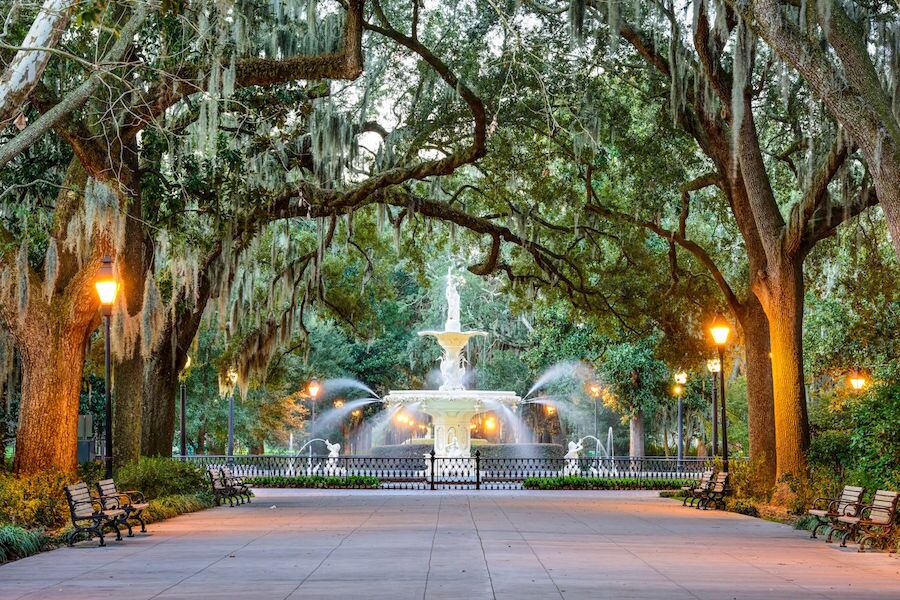
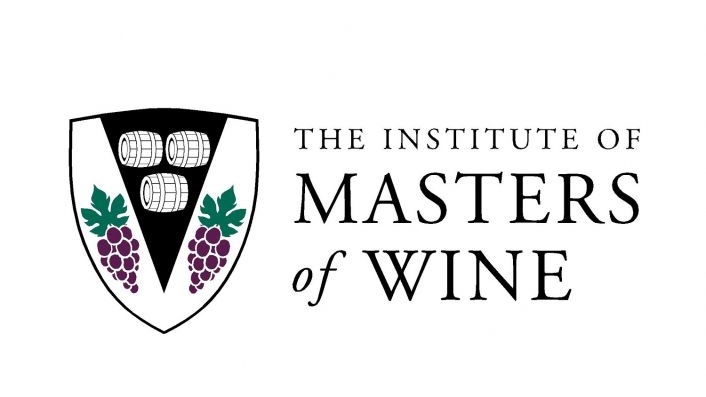




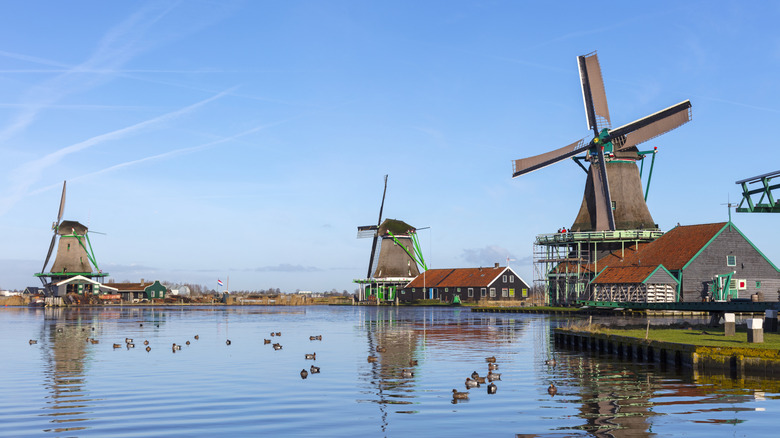


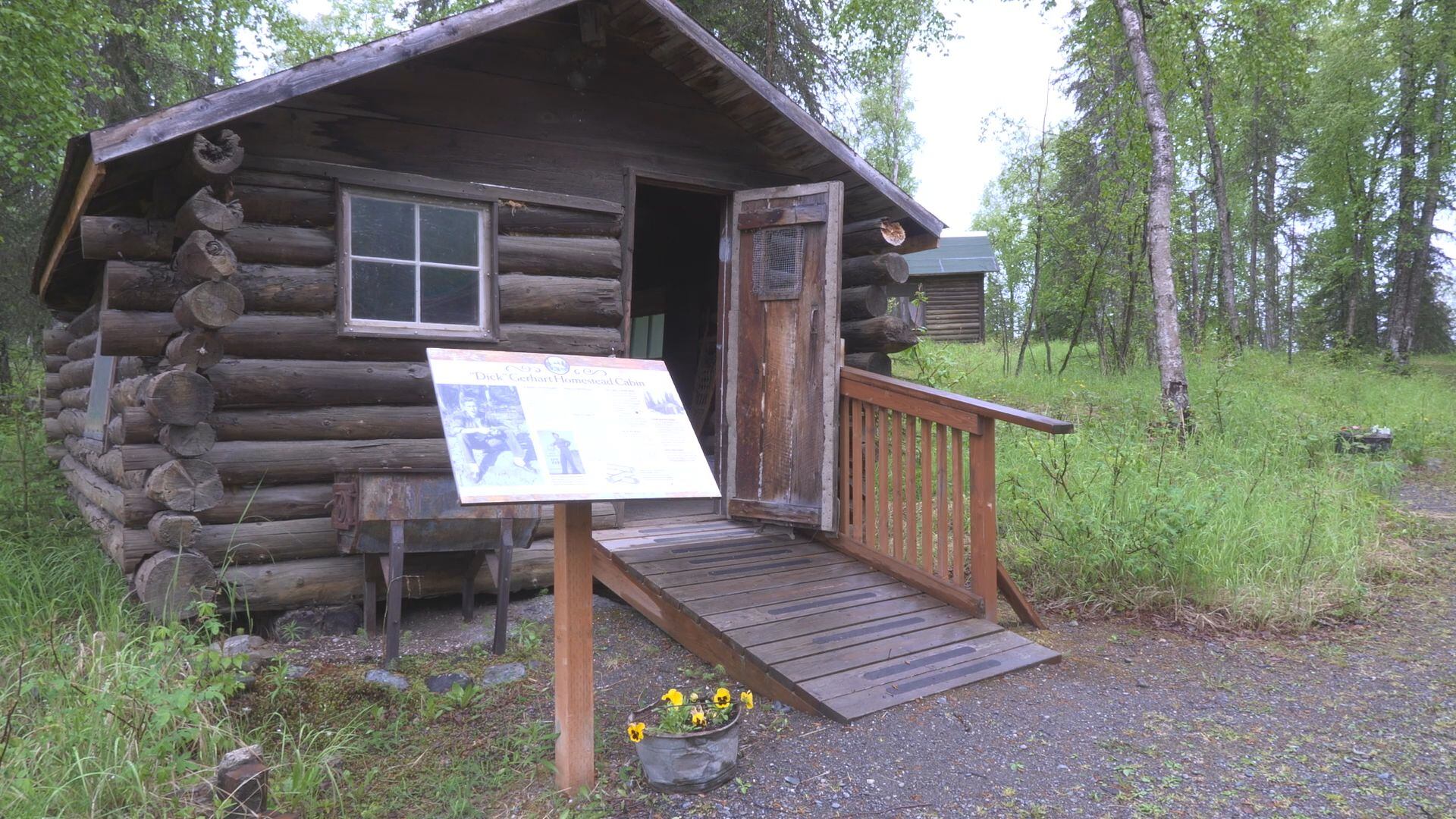



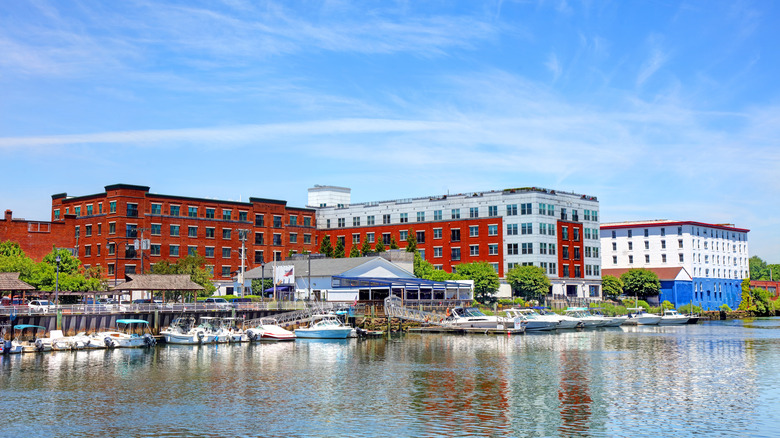


Leave a Reply